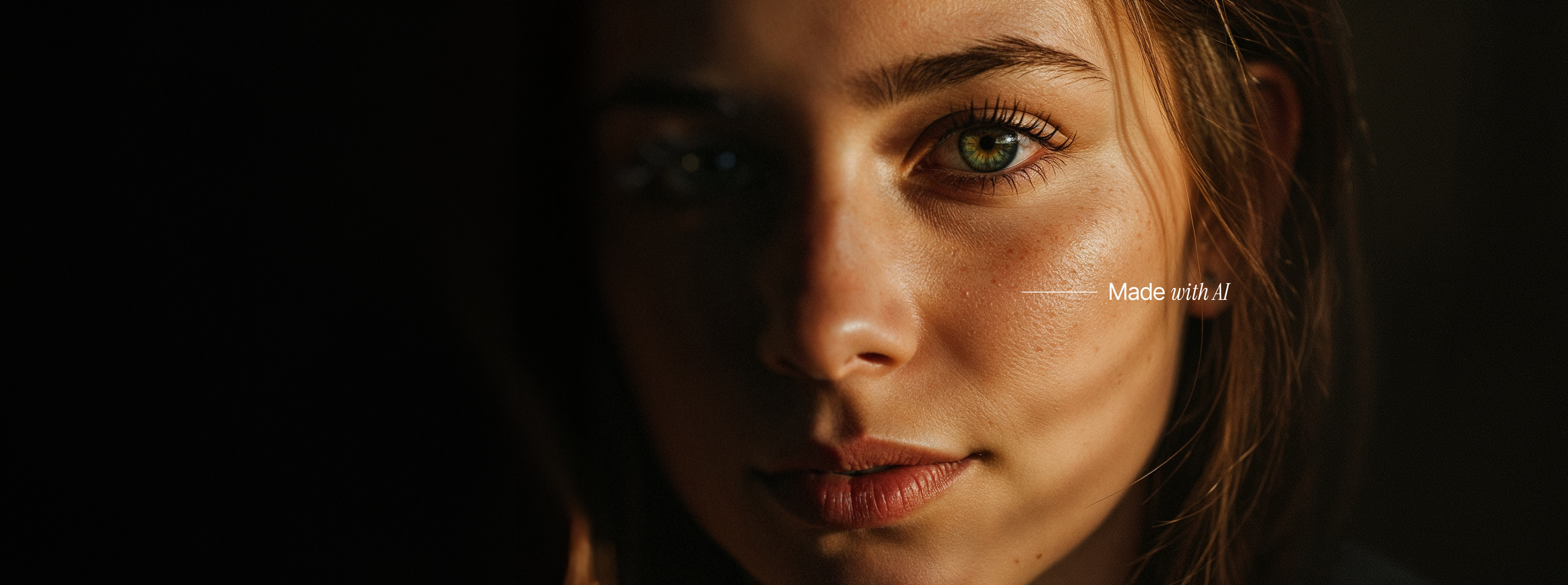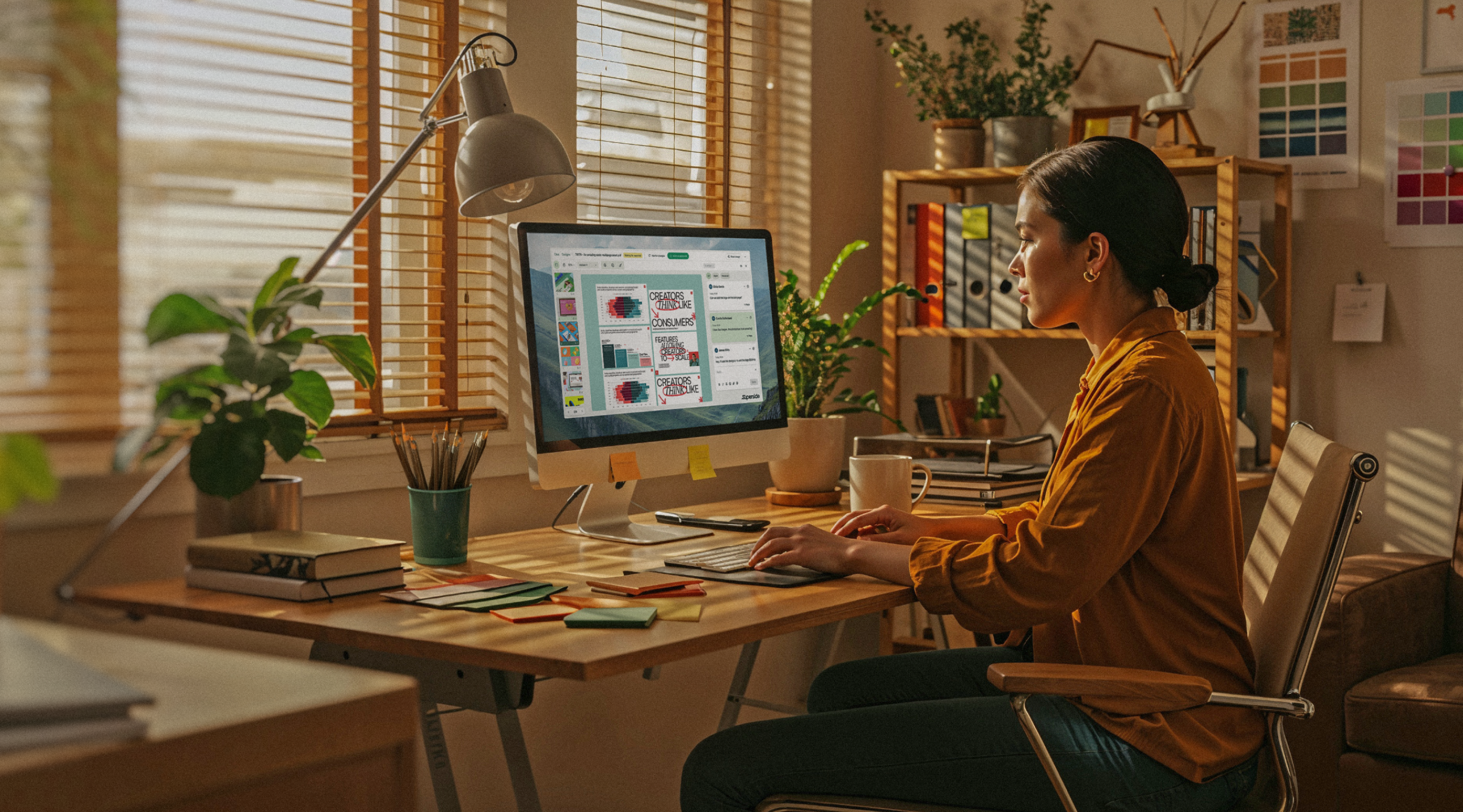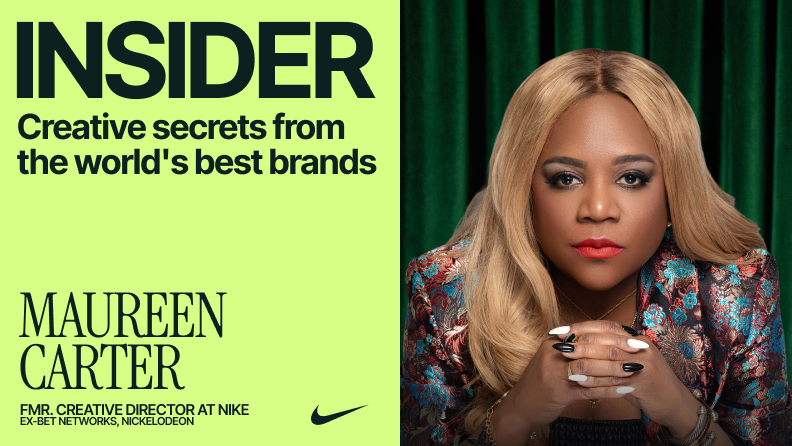How to Scale Design Production Without Burning Out Your Team

Smart businesses know the power of design: its ability to set a business apart, drive innovation and boost the bottom line. And they understand the power of aligning their design and corporate strategies, and of putting them both at the heart of their decision-making.
But as the demand for design within a business grows, as markets become more complex and as organizational structures become more fluid, risks emerge – production bottlenecks, inefficient workflows or, worst of all, burnt out, disenchanted designers.
It’s this third risk that Design Operations (aka DesignOps) – with its focus on the ‘operational’ aspects of delivering quality, consistent design at scale – looks to address.
Businesses of all sizes are increasingly using DesignOps teams for a variety of functions: to help streamline and harmonize workflows and processes, to drive efficiency and to ensure the necessary skills mix is in place. And, above all, those teams are helping to promote a strong, design-centric culture and give designers the headroom to focus on what they do best: design.
They’re also being used in a way that is scaled and shaped to fit their business and that delivers a clear, direct return on investment.
As the business grows or market forces evolve, whether you employ one designer or 100, DesignOps can help get the most from your design function.
The Origins of DesignOps
To understand the full potential of DesignOps, it’s worth stepping back to consider how the practice has emerged and how it differs from (or mirrors) what came before.
It has long been accepted that there is a business side to design – that it forms an integral part of a business’ overall corporate structure and strategy and can contribute to commercial success. The incorporation of this principle into corporate decision-making and strategy has been loosely dubbed “design management.”
Design management has evolved over time, moving from a largely aesthetic view of design’s value-add (“if it looks nice, we’ll attract customers”), toward one where design is seen as a proactive driver of both corporate strategy and innovation.
This greater appreciation and integration of design has consequences, however.
It means greater demands on design teams, requiring them to scale up. It can increase the complexity of delivering design, necessitating ever-greater collaboration and cross-functional coordination. It can see designers dispersed across an organization or operating in silos. And it can expose skills gaps or create recruitment challenges (particularly given the ongoing war for design talent).
The design function, in effect, risks becoming a victim of its own success.
DesignOps: Meeting a Crucial Need
It is these operational challenges and ‘growing pains’ that DesignOps can help address.
Many businesses already manage these design delivery challenges every day. But many do so in an informal, iterative or decentralized way. Issues like coordination are dealt with in real time, and individuals often have to manage both the operational and design elements of workstreams.
That approach may be sustainable while a design function remains small, but as a business matures and grows, and the demand for design increases, the challenges become evident. Designers can become distanced from each other. Work risks being duplicated. Processes, tools or service levels and expectations can vary significantly between individuals or projects. Individual designers may find themselves unable to focus on their core design responsibilities and skills and end up feeling overwhelmed or disillusioned.
As Adrienne Allnutt, the director of design and research operations at LinkedIn told DesignBetter, “when our [designers] are spending more than 50% of their time doing operational work, that’s a problem.” [1]
Recognizing these risks, DesignOps seeks to formalize, centralize and harmonize the operational aspects of design. Typically, a dedicated person or team will be given responsibility for such operational matters across the whole design function.
The Neilsen/Norman Group, a UX research and consulting firm, has described DesignOps as “the glue that holds the design organization together, and the bridge that enables collaboration among cross-disciplinary team members.” [2]
We’d add a further element: it’s also the “grease” – the things that lubricate design delivery and maximize output and efficiency.
DesignOps in Practice
How exactly DesignOps is applied in practice will vary for each business, but DesignOps interventions typically center on the same three goals:
1. Enhancing how designers work together by:
- Building teams (through redeployment or recruitment) with the optimal skills mix to enable each individual to focus on what they do best.
- Codifying roles and responsibilities, both within the design team and its interactions with the wider organization.
- Establishing a working environment that encourages and enables designers to collaborate and share learnings.
2. Ensuring tools and processes facilitate coordination and delivery. For example:
- Standardizing design tools to drive compatibility.
- Defining and codifying standardized delivery processes, workflows, timelines and/or prioritization.
3. Promoting a proactive, design-forward culture across an organization, including:
- Identifying clear, consistent performance metrics, deliverables or quality indicators and measuring performance against them.
- Evangelizing the contribution of the design function across the organization.
- Promoting a design-aware mindset, even in those outside the core design function.
All of these activities can help strengthen design team bonds, enhance connections between the team and the wider organization and drive greater productivity – glue, bridge and grease.
DesignOps in Your Business
Implementing DesignOps wholesale can be a large task. It may require changing an organization’s structures and its culture. DesignOps specialists or teams need to be able to manage projects and adapt dynamically to change, and also need to combine design know-how with an ability to work and communicate cross-functionally.
But the joy of DesignOps is that there is no one-size-fits-all solution. It needn’t mean huge cost, bespoke new hires or an increase in internal bureaucracy.
It’s something that can be (and is often best) started small – tackling a single bottleneck or skill gap, harmonizing just one tool or process or applying a set of standards to an individual ‘test’ project.
It can even be outsourced. Some design platforms, for example, offer to take on many of those operational functions, including maintaining consistency, ensuring an optimal skills mix and enhancing the interface between freelance designers and in-house creatives.
It’s about what your company needs and has the resources to achieve.
Airbnb, for example, focused its DesignOps team on centralizing tools, systems and services that enhanced speed and quality before evolving the function as the company grew. Pinterest similarly found that something as simple as sending a weekly status document of designer’s workstreams benefited both the design team and the company-wide appreciation of the design function.
Both saw the value of small, targeted interventions focused on quick wins or areas of greatest need. Your business will have its own version of these high-value interventions. It might be a skills audit, a “roles and responsibilities” statement or an onboarding guide to help foster a design culture from day one. Or it might be something else entirely. The form doesn’t matter – it’s the impact that counts.
A short route to finding out how and where DesignOps could benefit your business is to look in detail at how design is currently being delivered:
- Where are the bottlenecks?
- Where are the skills gaps?
- Can more be done to foster a strong team dynamic?
Ask your design team and the wider organization what frustrates them or what they value the most about the design function. Or take the same forensic approach to an individual project, and build up a picture that way. Armed with this knowledge, you’ll soon be able to isolate those areas where the most value can be added.
Implementing a DesignOps function definitely requires some investment – of time and money. But the return on that investment is sizable. And it can come from many sources, including both direct enhancements (such as increased output or efficiency-related cost-savings) and more intangible or long-run benefits, like greater engagement and retention within your design team.
Research has shown that, while simply spending more on design is no guarantee of business success, businesses that manage design effectively and efficiently consistently outperform those that don’t. As the authors of a 2009 study on design management put it: “good design does not emerge by chance or by simply investing in design, but rather as the result of a managed process.”
So however big or small your design function, consider DesignOps: it could take the guesswork out of your design investment and unleash the full potential of your creative teams.
References
1. Malouf, D. et al. Putting DesignOps Into Play, The DesignOps Handbook. Retrieved from: https://www.designbetter.co/designops-handbook/putting-designops-play
2. Kaplan, K. DesignOps 101. [2019, July 1.] Retrieved from: https://www.nngroup.com/articles/design-operations-101/
Amrita is a veteran B2B SaaS marketer and the VP of Marketing at Superside. Besides preaching to everyone and their mother about how good execution is the ultimate differentiator for your company, she hosts our monthly Gather & Grow series featuring leaders from Adobe, Dropbox, HubSpot, Intuit, Shopify and more. Find her on LinkedIn and Twitter and say hi!
You may also like these

10 top outsourced design services to choose from (2025)
Struggling to keep up with the volume and variety of design work in 2025? You’re not alone. Today’s marketing and creative teams face relentless demand for high-quality design across more channels than ever, from social and video to landing pages, presentations and motion graphics.When internal teams hit capacity, critical projects get delayed, quality can dip, and strategic goals get lost in the shuffle of urgent requests. That's why more enterprises are rethinking how they access design—choosing partners who can extend their creative capacity without adding operational headaches.Broadly, there are three ways companies can scale design:Hire freelancers or agencies. Flexible but often slow, unpredictable and hard to manage at scale. Costs can balloon with complex projects or tight timelines.Expand in-house teams. Delivers control but comes with recruitment challenges, overhead and the risk of teams getting siloed or burned out.
Maximizing Profit: The Impact of Design on Business Strategy
Design has never been more in demand. As the first interaction for most customers with businesses, it’s just everywhere—from the homepage of your favorite website to the product packaging your new sneakers arrived in.With smartphones, tablets and digital interfaces at every turn, every design element now affects nearly every consumer touchpoint during the customer journey.That’s why the smartest companies are investing in good design systems for all their inputs—and for a good reason: It’s good for the bottom line.A 2018 McKinsey report, “The Business Value of Design,” put the impact of design on your bottom line with data: Over five years, companies that invested in good design had 32% more revenue and 56% more total returns to shareholders.Is your company investing enough in design? Read below data-driven insights and historical examples from visionary leaders who used powerful designs to communicate value to their target audience—and why you should start to do it too for every asset you have.
The Ultimate 5-Step Graphic Design Process
For any design team, having an established graphic design process will lead to better designs, higher output and most importantly, remove a lot of potential frustration.The process of starting a graphic design project has changed drastically over the years. Now, AI-powered design is the driving force behind concept development and the design thinking process, which makes it necessary to think about the different perspectives infused into each design stage.If you’re leading graphic designers or looking to streamline the process, then let’s take a look at the 5 most essential steps of the graphic design process.The Importance of a Structured Design ProcessGraphic design is an intricate blend of creativity and strategy, requiring a structured approach to ensure that the final product not only looks stunning but also effectively communicates the intended message.








